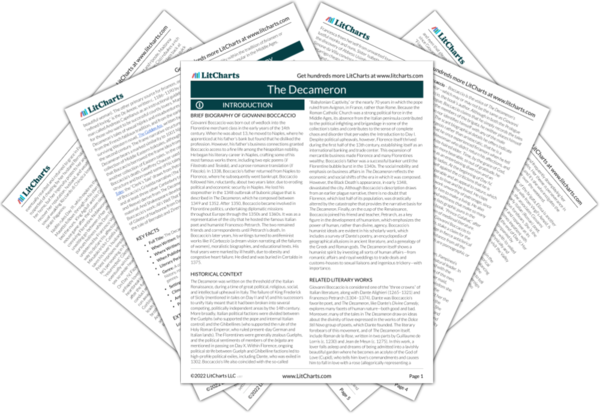Nonna recognizes that this is a moment in which her reputation—dependent as it is on the opinion of her friends and neighbors—could be permanently damaged by a powerful man’s offhand remark to his friend. These are the stakes that license a retort that would, in other circumstances, be considered excessive. In pointing to the story of the other unlucky woman whose husband became her pimp, she demonstrates a biting wit and shames both men: Dego for cheating on the payment, and the bishop for turning the other way.
